Reconnecting Communities Program Elevates Role of Trail Networks in Revitalizing Communities
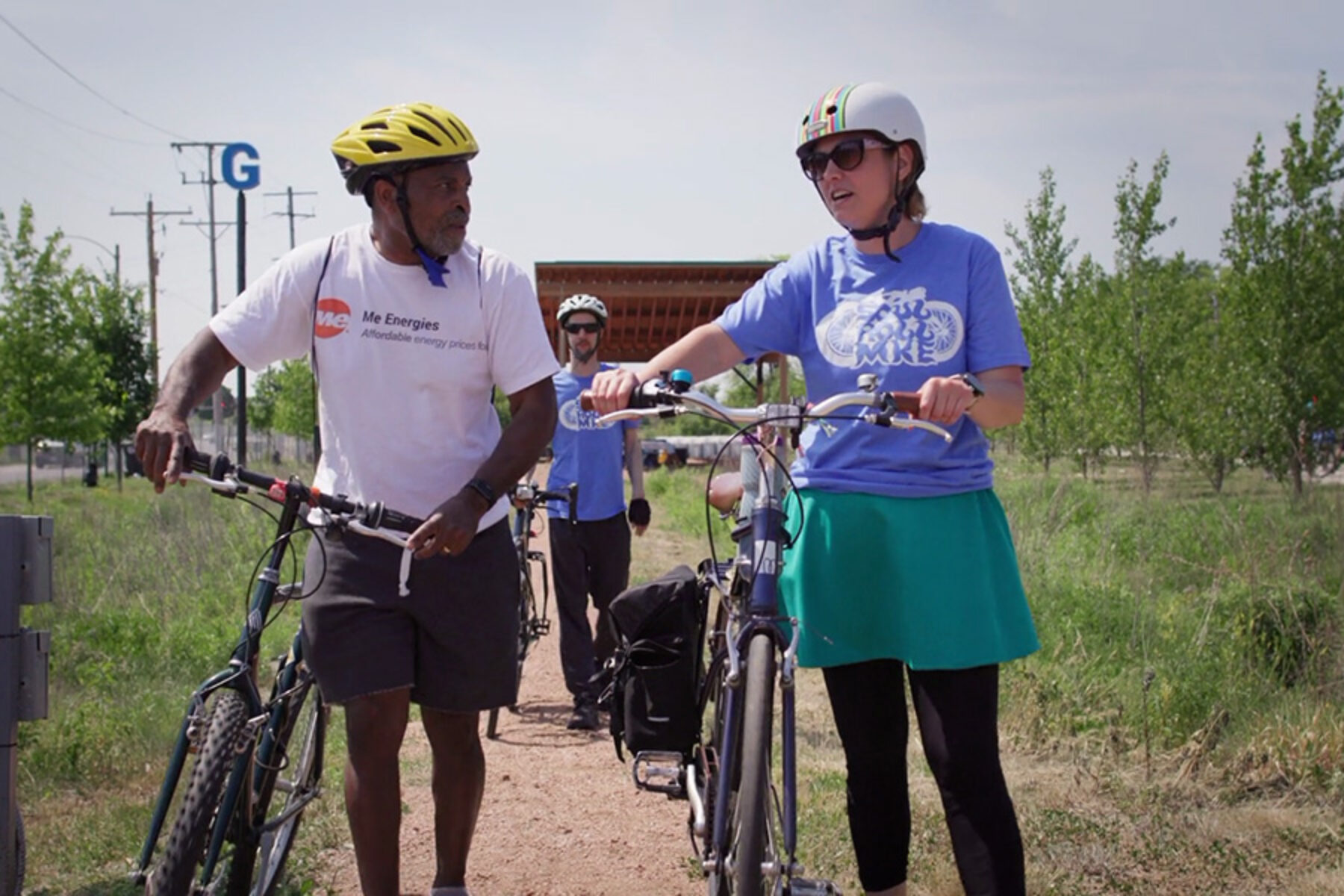
Trail networks are powerful catalysts for economic development—giving communities of every size, from urban hubs to the smallest towns, the opportunity to increase foot traffic in commercial corridors populated by shops, restaurants, parks and farmers markets that are otherwise only accessible by roads. And there is clear demand; in fact, 90% of respondents to a national public opinion poll in 2023 said it was important for everyone to have access to trails.
The widespread call by communities for safe walking and biking routes has resulted in a rapid expansion of this infrastructure over the past decade. Currently, nearly 50% of Americans live in areas where trail networks are being developed—and in the Greater Philadelphia area and Southeast Wisconsin, in particular, two substantial projects are building momentum.
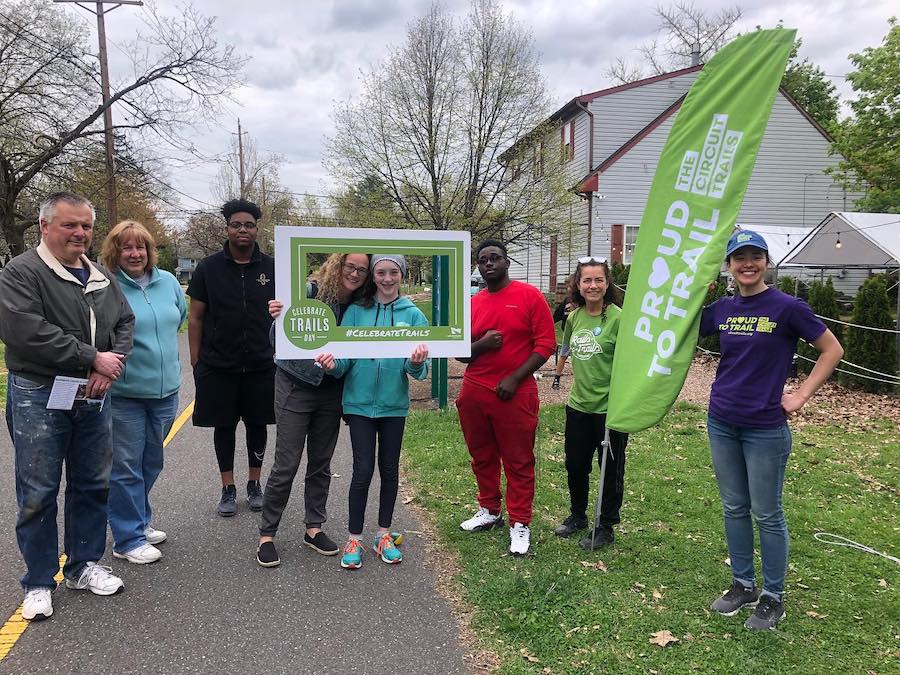
The Circuit Trails network is a vision for more than 860 miles of connected trails in the Philly–Camden region, with more than 400 currently complete. In Southeast Wisconsin, the Route of the Badger trail network plans to connect 705 miles across multiple counties. These RTC TrailNation ™ projects span rural, suburban and urban communities, providing neighborhoods of all sizes with transportation, recreation, tourism and businesses along the routes.
At the core of several projects in these regions is a new approach to trail development that empowers communities to define how trail networks are conceived, designed and built, ensuring residents directly benefit from their use and impact. This work is gaining increasing traction in these areas, resulting in some major funding wins through the U.S. Department of Transportation’s (USDOT’s) Reconnecting Communities program. The grants, which will advance this equitable development approach, were awarded to projects with a long-time focus on connecting historically under-resourced and under-represented areas to active transportation infrastructure—and are major milestones in both region’s efforts to connect hundreds of thousands of residents.
The process of moving projects forward in a way that ensures all members of the community benefit has taken many years of thoughtful involvement and coalition building, said Rev. Chris Boston, Milwaukee pastor and community organizer, who calls it “moving at the speed of trust.”
Strategies for Empowering Community-Centered Trail Development
Trails and greenways have the potential to deliver powerful benefits to communities, opening up opportunities for outdoor tourism and small business development while providing critical social infrastructure. Key to maximizing the potential of trails is ensuring every stakeholder is part of the development process and will benefit from their use.
Community-Empowered Approach Builds Momentum in Milwaukee
The City of Milwaukee is set to begin a transformation of the historic 30th Street Corridor with the support of a $1.6 million Reconnecting Communities grant.
The grant will help back a four-phase planning process that will set the stage for a 7.2-mile shared-use trail. The 30th Street Corridor Trail will connect to the 15-mile Hank Aaron State Trail in the south and the 3.7-mile Beerline Trail extension in the north, creating a 17.5-mile loop around Milwaukee as part of the Route of the Badger.
“This project is much more than building a trail,” Rev. Boston said. “We are casting a vision to elevate the lives of residents in the Corridor by connecting them to opportunities, while fostering equity in the process.”
The project will increase access in neighborhoods along the corridor to jobs, schools and parks “while driving economic revitalization and enhancing transportation infrastructure,” said Lindsey St. Arnold Bell, executive director of Near West Side Partners, the lead applicant for the Reconnecting Communities grant.
“This is the culmination of years of collaboration,” affirmed Willie Karidis, project director for the Route of the Badger at Rails to Trails Conservancy. “This equitable development strategy is a foundation for long-term economic growth that will empower communities to thrive while preserving their identity.”
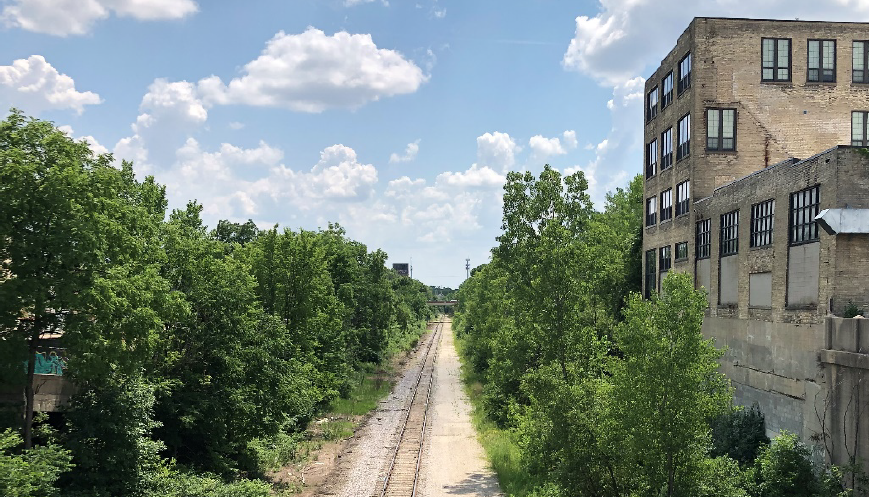
Philly Trail to Serve as a Catalyst for Transformation
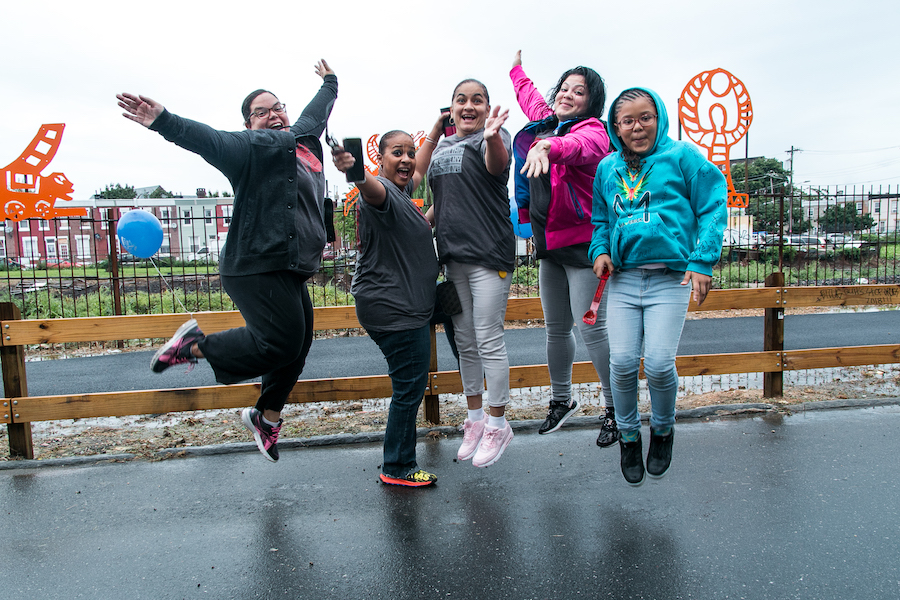
In Eastern North Philadelphia, neighborhood leaders and the City of Philadelphia are coordinating on a plan to resolve decades of infrastructure challenges surrounding the Richmond Industrial Track, a freight rail line that divides the Fairhill and Kensington neighborhoods.
Beginning in 2018, a community advisory committee led by the Hispanic Alliance of Contractors and Enterprises (HACE) came together with neighborhood residents and trail advocates, RTC, and the Bicycle Coalition of Greater Philadelphia to develop a broad vision for transforming the industrial track into a trail with links to the larger, developing 860-mile Circuit Trails network.
Recent neighborhood revitalization efforts have addressed systemic issues caused by industrial decline, including environmental hazards and failing infrastructure, and have prompted the community to imagine a new future for their neighborhood.
“The Richmond Industrial Track is currently a physical barrier limiting both social connections and economic growth for these communities, said Maria Gonzalez, president of HACE. “We now have an incredible opportunity to turn this challenge into an asset that is led by and supports the interests of the community.”
With their $2 million federal Reconnecting Communities grant, HACE, their partners and the city will develop a project called “Bridging the Gap: Equity and Access for All in Fairhill and Kensington,” a planning study aimed at addressing “barriers to safety, mobility and quality-of-life issues caused by the Richmond Industrial Track” (USDOT RCP FY24 Awards Factsheet).
“It’s really important to partner with community development organizations that are working in these neighborhoods,” said Rev. Kate Foster, RTC’s senior director of trail development and equity. “They have credibility and trust with the community. They know how to strengthen and connect communities, ensuring we’re advocating for the residents of the communities and offering growth without displacement.”
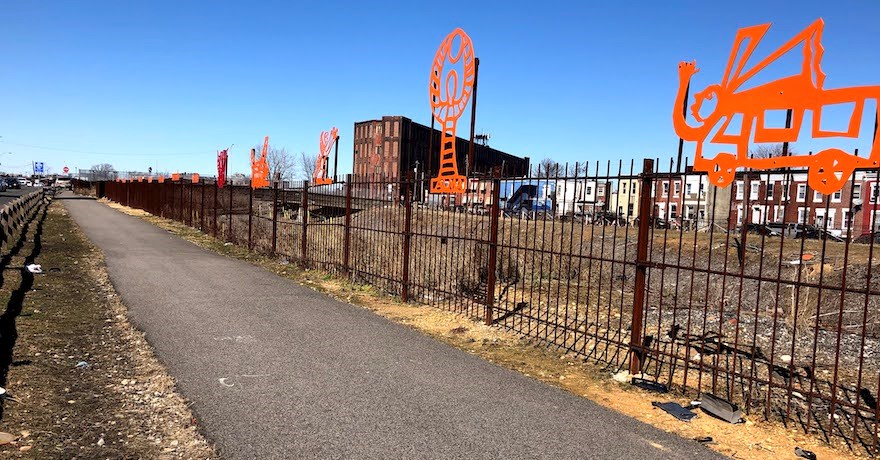
Trail Development Is Growing Nationwide
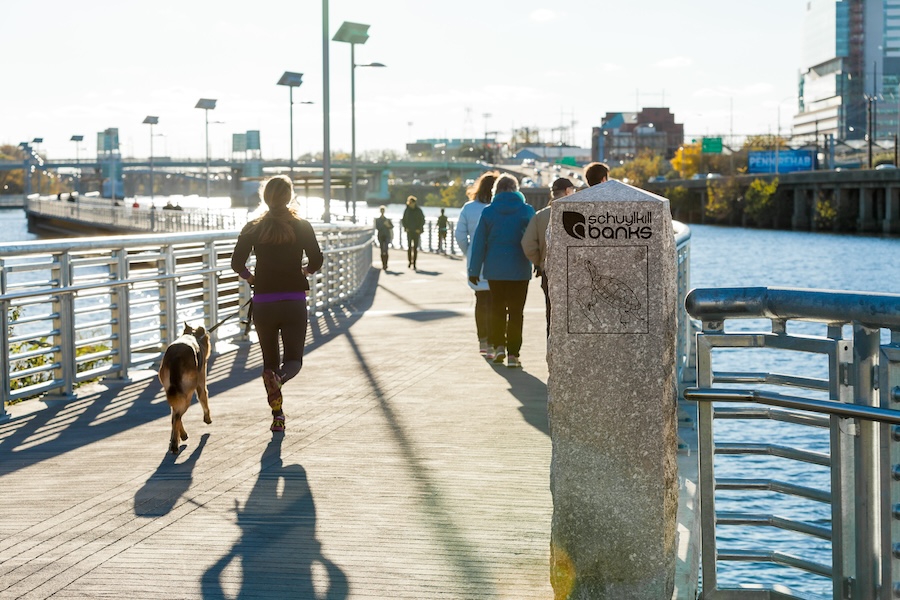
As Milwaukee transforms the 30th Street Corridor and Eastern North Philadelphia works to resolve decades of infrastructure challenges, they set a precedent for other cities to follow—reimagining industrial rail corridors as vibrant, accessible spaces that support long-term growth.
While these projects are still in the planning stages, the energy behind them is undeniable. “This isn’t just about creating trails—it’s about creating opportunities,” said Karidis. “Trails serve as vital connectors for communities, promoting health, economic growth and environmental resilience, and sustained funding is essential to keep projects like these moving.”
And demand for grants is high. This year, $544.6 million in grants was awarded through the Reconnecting Communities Pilot Program to 81 projects in 31 states. The program received 403 applications requesting over $3 billion in funding.
“There’s a strong appetite for funding,” Foster said. “Recognizing this is a once in a generation opportunity to plan for and develop essential infrastructure, people are invigorated and ready to tackle complex challenges. It brings additional meaning to receiving the funding.”
From a national perspective, Milwaukee and Philadelphia exemplify what’s possible when communities invest in infrastructure that connects people to opportunity, ensuring trails serve everyone, regardless of ZIP code or background.
“In this work, there are no small things,” Foster added. “Every step is part of ensuring all people have access and all voices are heard.”
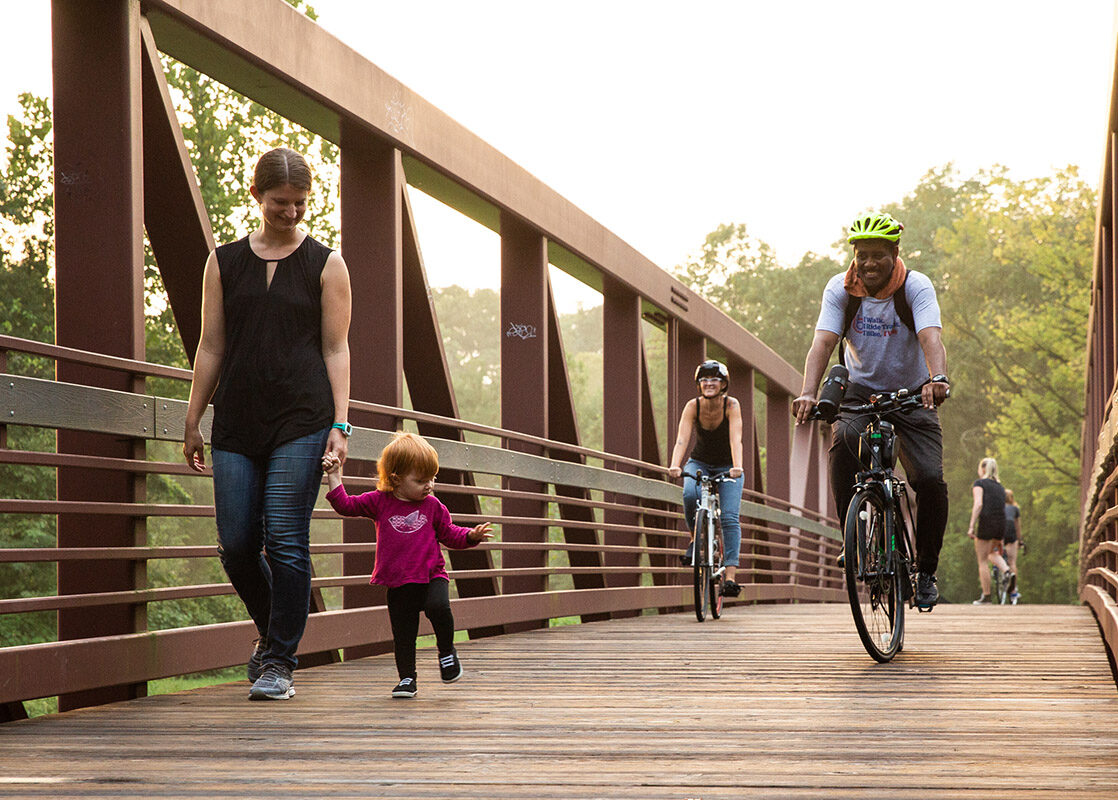
Donate
Everyone deserves access to safe ways to walk, bike, and be active outdoors.
